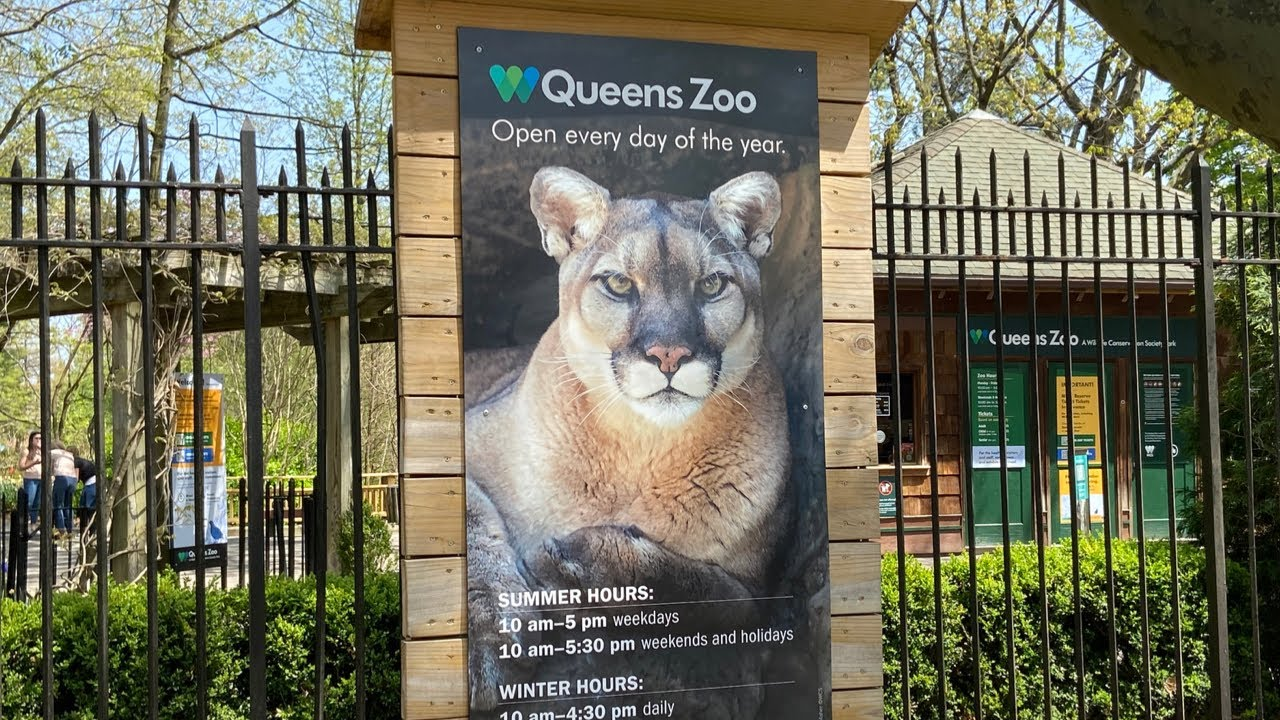The recent outbreak of avian flu in New York City has raised concerns among wildlife conservationists and public health officials. At least 15 birds are suspected to have died from the virus at two of the city’s major zoos, prompting immediate precautionary measures.
The Wildlife Conservation Society, which manages the affected facilities, confirmed that three ducks at the Queens Zoo tested positive for the virus, while investigations are still underway for additional cases at the Bronx Zoo.
Although the Centers for Disease Control and Prevention (CDC) maintains that the risk to humans remains low, the outbreak has led to temporary bird market closures in the metropolitan area as a precautionary step.
The impact of this outbreak highlights the ongoing challenges posed by avian flu across the country, as well as the measures necessary to mitigate its spread.
The Impact of Avian Flu on New York City Zoos
The Wildlife Conservation Society has taken swift action following the confirmed deaths of three ducks at the Queens Zoo due to avian flu. Additionally, the deaths of three other ducks and nine wild birds at the Bronx Zoo remain under investigation.
These tragic losses underscore the vulnerability of birds in confined environments, making zoos particularly susceptible to outbreaks. In response, zoo officials have relocated high-risk bird species to protected areas within the parks, aiming to limit further exposure to the virus.
This outbreak is not an isolated incident, as avian flu has been affecting bird populations nationwide, leading to the culling of millions of poultry and contributing to rising egg prices. The virus spreads through direct contact between birds or via contaminated environments, posing a significant risk to enclosed aviaries.
Read : Bird Flu Detected in Georgia’s Commercial Poultry Flock in Elbert County
The current situation at the Queens and Bronx zoos reflects the broader pattern of outbreaks seen across the country, emphasizing the need for enhanced biosecurity measures within wildlife facilities.
Precautionary Measures and Bird Market Closures
In response to the outbreak, New York state officials have implemented precautionary measures, including the temporary closure of bird markets in the metropolitan area.
This decision follows the detection of seven avian flu cases during routine inspections across the Bronx, Brooklyn, and Queens. Governor Kathy Hochul reassured the public that there is no immediate threat to human health but emphasized that the closures were necessary to prevent further spread of the virus.
Read : Finland Becomes the First Nation to Offer Bird Flu Vaccines to Humans
The temporary closure of bird markets aims to curb transmission by limiting the movement of potentially infected birds. Such measures have been used effectively in previous outbreaks to contain the spread within urban environments.
However, these closures also have economic implications for vendors and farmers who rely on these markets for their livelihoods. Balancing disease prevention with economic stability remains a critical challenge for policymakers navigating the ongoing outbreak.
National and Global Implications of Avian Flu
The avian flu outbreak in New York City aligns with a larger pattern of infections affecting birds across the United States. In recent years, avian flu has led to significant disruptions in the poultry industry, resulting in the culling of millions of birds and increasing food prices. As the virus continues to spread, it poses ongoing threats to both wild and domestic bird populations.

On a global scale, avian flu remains a persistent concern for animal and public health organizations. While the CDC has reassured the public that the risk to humans is minimal, the virus’s ability to mutate and infect different species remains a focus of scientific research.
The 67 confirmed human cases of bird flu in the U.S. (none of which have been in New York) serve as a reminder that continued vigilance is necessary to prevent potential cross-species transmission.
The outbreak at New York City zoos highlights the importance of coordinated efforts between wildlife organizations, public health agencies, and policymakers to manage avian flu outbreaks effectively. Increased monitoring, rapid response measures, and public awareness campaigns play a crucial role in mitigating the impact of the virus.
Moving forward, investing in research and disease surveillance will be essential to minimizing the effects of avian flu on both wildlife and the agricultural sector.

